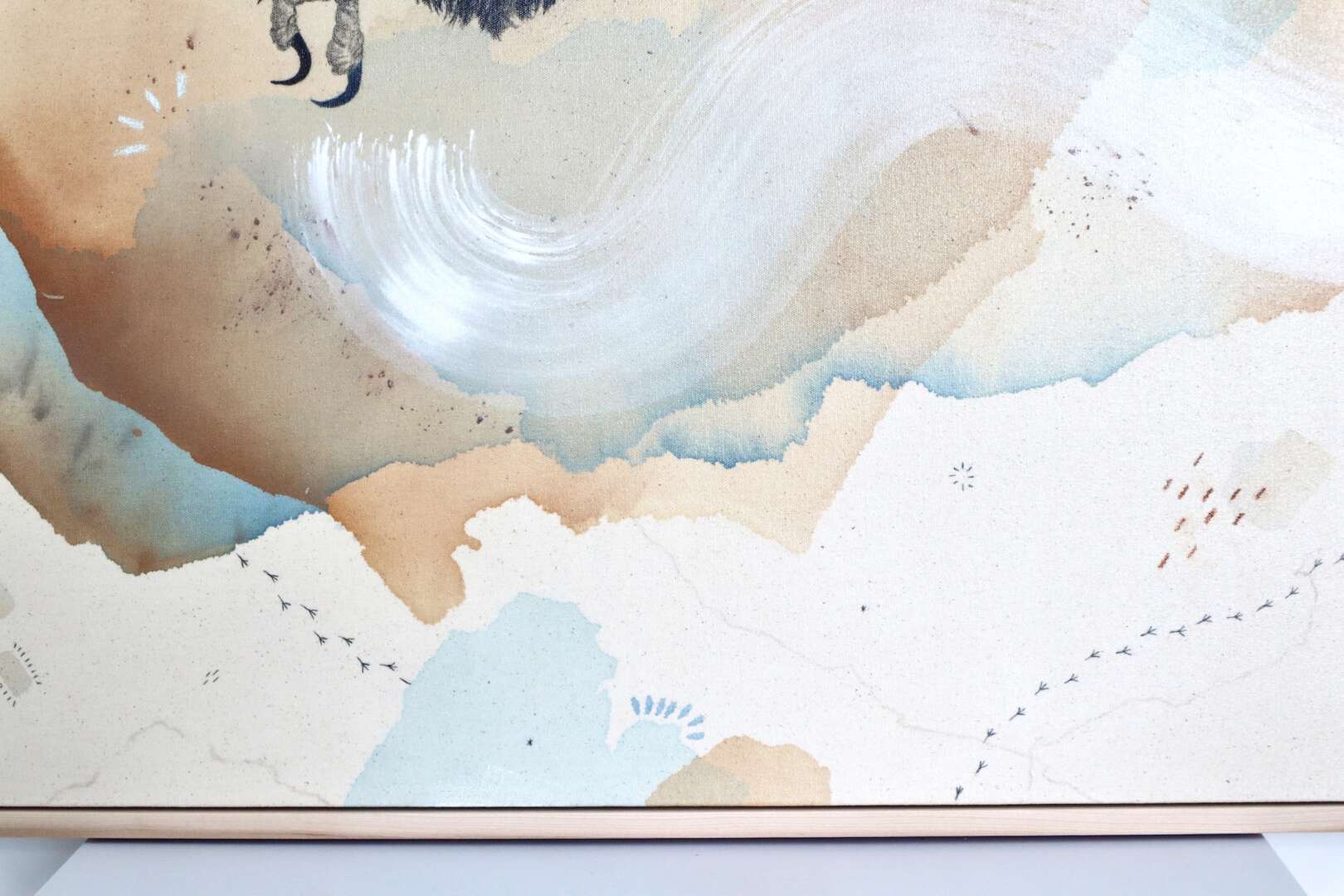“Golden Eagle, Sacred Messenger & Master of the Sky”
$2,560.00
We travel to the wilder, open spaces to meet this majestic raptor. The Golden Eagle is one of the largest, fastest, and nimblest raptors in North America. Lustrous gold feathers gleam on the back of its head and neck; a powerful beak and talons advertise its hunting prowess. You’re most likely to see this eagle in western North America in wilder, open terrain, soaring on steady wings or diving in pursuit of the small mammals that are its main prey–rabbits, hares, ground squirrels, and prairie dogs. About the same size as the Bald Eagle, the Golden is less of a scavenger and more of a predator. Sometimes seen fighting off coyotes or bears in defense of its prey and young, the Golden Eagle has long inspired both reverence and fear.
Fast facts:
- Golden Eagles live in open and semiopen country with mountains up to 12,000 feet, canyonlands, rimrock terrain, and riverside cliffs and bluffs. They, unlike Bald Eagles, avoid areas of human development.
- They next on cliffs near their hunting grounds with a wide view of their surroundings.
- Golden Eagles possess astonishing speed and maneuverability for their size. Diving from great heights, they have been clocked at speeds of nearly 200 miles per hour.
- Golden Eagles have been one of the most enduring birds of falconry for millennia. Golden Eagle falconry requires extensive experience, strict permits, and specialized equipment due to their size and intelligence.
- Because their common prey animals (mammals) don’t tend to ingest pesticides, Golden Eagles have escaped the harm sustained by fish-eating or bird-eating raptors from DDT and related chemicals.
- Humans are still the Golden Eagles’ greatest threat. It’s estimated that more than 70% of recorded Golden Eagle deaths are attributable to human impact, either intentional or inadvertent. Some sheep ranchers trapped, shot, or poisoned the birds into the 1980s. Some eagles die after eating poisoned prey animals set out to control coyotes. Others succumb to lead poisoning from ammunition in hunter-shot prey. Most recorded deaths are from collisions with vehicles, wind turbines, and other structures or from electrocution at power poles (newer designs have been developed that, if used, can greatly reduce this risk).
Sources: Audubon Society and Cornell Lab of Ornithology
Original mixed media on raw stretched canvas with hard maple float frame.
Alternative hardwood frame available upon request at no extra cost. Email with inquiries.
Frame Details: Framed in hard maple
Framed Size: 41x41x2.5(inches)
View Frame Options Gallery >
All orders will be shipped in 3-10 business days via USPS Priority mail, UPS or FedEx, depending on the size of the item and whether framing was desired. For medium to larger works, and if crating is needed to safely ship, it will be UPS or FedEX. USPS can ship larger works but it is a lot more expensive!
If I anticipate framing will take longer for any reason, I will reach out and let you know! You will receive a tracking number via email once the work has shipped.
If you are in the Fargo-Moorhead area and wish to pick it up, please select STUDIOPICKUP at checkout. I will have a table in the front lobby with your piece labeled for pick-up between the hours of 8 AM and 5 PM. I will always try to say hello if I am in the studio!
Thank you for supporting a small business!





































